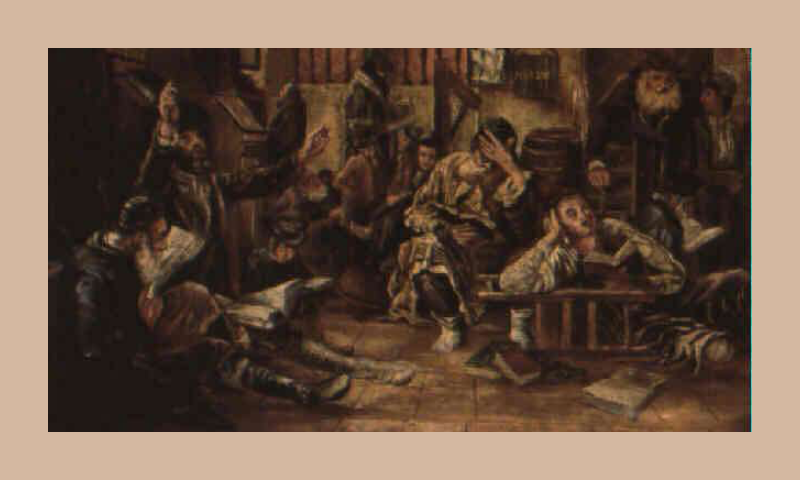Saul J. Singer
Jewish Press, Aug. 7, 2024
“As the sun set over Jerusalem the Golden reunited at last, Jews of all backgrounds and ethnicities gathered at the Wall on Tisha B’Av for the first time in two millennia. Sitting on the hallowed ground holding small candles, they participated in thousands of small minyanim and prayed, read Eicha, and recited kinot in an atonal cacophony of lamentation.”
The Jewish National Fund would often use “national days” such as Chanukah and Tu B’Shvat as “Ribbon Days” for fundraising purposes that successfully generated significant income for the nascent Zionist movement. Beginning at the turn of the twentieth century, the JNF undertook a significant program to turn Tisha B’Av, a day of suffering and anguish, into a day of optimism, rejuvenation and redemption by making it a major fundraising day and soliciting contributions from around the world to support the renewal of Jewish life in Eretz Yisrael.
From the very founding of the JNF by Herzl himself in 1901, the organization marked Tisha B’Av with campaigns employing a clever mixture of Biblical inspiration and Jewish guilt designed to encourage Jews worldwide to help rebuild the common ancestral land of their fathers.
Exhibited here is a 1909 JNF circular (in German) linking JNF to Tisha B’Av, one of the earliest known examples extant. The contrast underscoring the monumental losses on this saddest of all historical days on the Jewish calendar and the luminous hope for a Zionist future is both stark and highly emotional: … [To read the full article, click here]


